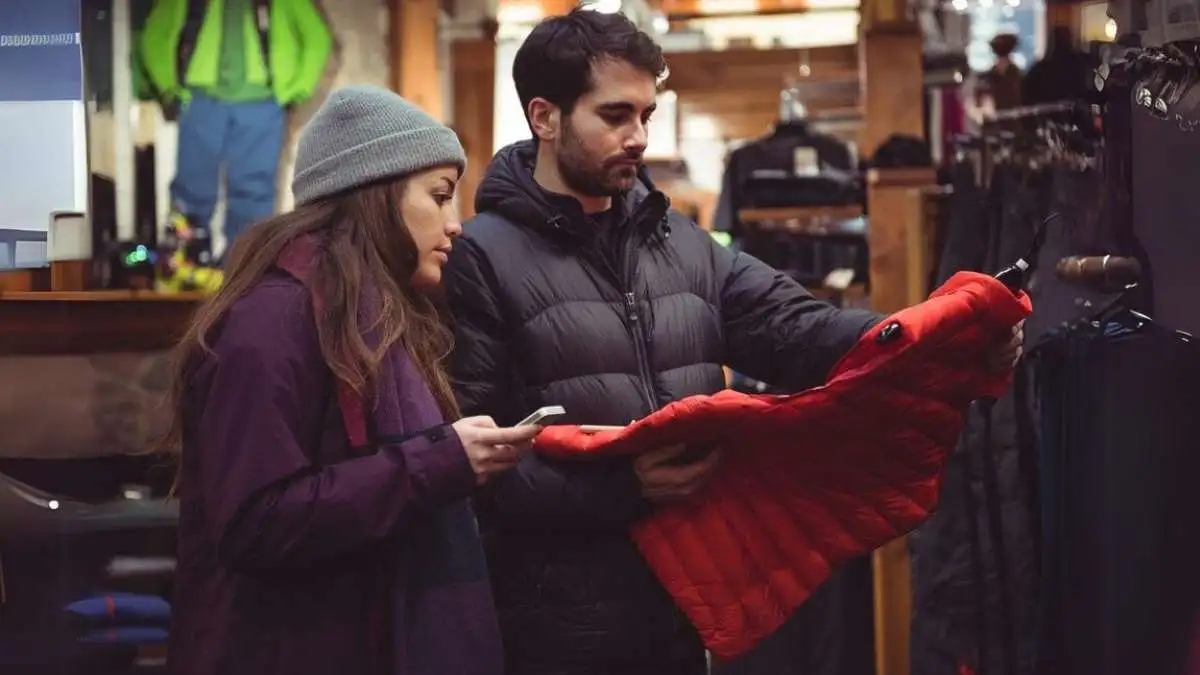GENERAL
A Beginner’s Guide to Choosing the Right Thermal Apparel for Your Needs

Selecting the right thermal apparel can be a game-changer when it comes to staying warm and comfortable in cold temperatures. Whether you’re gearing up for winter sports, planning a hiking trip, or simply preparing for the chilly season, understanding the basics of thermal clothing is essential.
This guide aims to simplify the selection process by breaking down key factors to consider, such as material, fit, and thermal ratings. By the end of this guide, you’ll be well-equipped with the knowledge to choose thermal apparel that perfectly suits your activities and lifestyle.
Table of Contents
What is Thermal Apparel?
Thermal apparel is special clothing that keeps you warm when it is cold. This type of clothing is made to trap your body heat. It works by forming a barrier between your skin and the cold air.
You can wear it alone or under other clothes. It is great for all kinds of outdoor activities in the winter.
Why You Need Cold Weather Clothing
Cold-weather clothing keeps you warm and safe. When it is cold outside, your body can lose heat quickly. If you are not dressed right, you might feel cold and uncomfortable.
In some cases, you can even get sick. Wearing the right winter gear helps prevent this. It lets you enjoy the outdoors without worrying about the cold.
Types of Thermal Wear
Thermal wear comes in different forms, such as long-sleeve shirts, leggings, socks, and hats. They are usually made of synthetic materials or wool.
Synthetic thermal wear is lightweight and wicks away moisture from your body to keep you dry. Wool thermal wear is heavier but provides better insulation.
Depending on the weather conditions and your activity level, you may need a combination of both types for optimal warmth and comfort.
How to Choose a Basic Thermal Clothing
Choosing the right thermal apparel is simple when you know what to look for. Look for materials that keep heat in. Wool and synthetic fabrics are good choices. They trap heat and are comfortable to wear.
Your thermal wear should fit close to your body but not be too tight. If it is too loose, it won’t trap heat well, and it can be uncomfortable.
Think about how many layers you will need. For very cold weather, you might need more layers, but for milder cold, one layer might be enough. You can always add or remove layers as needed.
Consider the activities you will be doing. If you will be engaging in high-intensity activities, look for materials that are moisture-wicking and breathable to keep you from getting too sweaty and then chilled.
Be sure to check the temperature ratings of the thermal clothing before purchasing. This will give you an idea of how warm it will keep you in certain temperatures.
Pay attention to any special features that may be beneficial to your needs. For example, if you’ll be wearing the thermal clothing for skiing, look for a jacket with a powder skirt to keep snow out.
Benefits of Good Winter Gear
Having the right thermal clothing can make a big difference in your winter outdoor activities. Not only does it keep you warm and comfortable, but it also protects you from harsh elements such as wind, snow, and rain.
By trapping heat close to your body, thermal gear helps regulate your body temperature and prevent hypothermia. It also wicks away moisture, keeping you dry and preventing chills.
Additionally, it is lightweight and easy to layer under other clothes, making it versatile for various winter activities. Whether you’re skiing on the slopes or taking a winter hike, having the right gear can enhance your overall experience by keeping you warm and comfortable.
Caring for Your Thermal Apparel
Taking good care of your thermal apparel will make it last longer. Wash your thermal wear gently. Use mild detergent and cold water.
Avoid using bleach or fabric softeners. They can damage the material.
Air dry your thermal wear if possible. If you need to use a dryer, use the lowest heat setting. High heat can ruin the fabric. Store your winter gear in a cool, dry place.
Keep it away from damp areas. This will prevent mold and mildew.
Why Layers Matter
Layering your thermal apparel lets you adjust to changing temperatures. Here is how to do it:
- base layer
- insulating layer
- outer layer
The base layer is closest to your skin. It wicks moisture away from your body. Good materials for this layer include polyester and merino wool.
The insulating layer is the middle layer. It traps heat to keep you warm. Fleece and down are good choices.
Lastly, the outer layer is your protective layer. It shields you from wind, rain, and snow. Look for waterproof and windproof materials.
Keeping your feet warm is very important. Look for socks that trap heat and keep your feet dry. Thermal socks heat using special materials that hold in warmth. Wool and synthetic fibers are good choices. These socks are thicker than regular socks and fit snugly to keep the heat in.
Additional Tips for Staying Warm in Cold Weather
Apart from choosing the right thermal apparel, there are other things you can do to stay warm in cold weather.
Wear a Hat
Did you know that a significant amount of body heat is lost through your head? Wearing a warm hat can help prevent this heat loss and keep you feeling cozy.
Keep Your Extremities Covered
Your hands, feet, and ears are especially susceptible to cold weather. Make sure to wear gloves, boots, and earmuffs or a hat to protect these areas from the cold.
Stay Hydrated
It may seem counterintuitive, but staying hydrated actually helps regulate your body temperature in cold weather. Make sure to drink plenty of water throughout the day.
Avoid Alcohol and Caffeine
These substances can actually cause your body to lose heat more quickly, making you feel colder. Limit your intake of these beverages during cold weather.
Finding Your Ideal Thermal Apparel
Remember to always be prepared for unexpected drops in temperature by having extra layers of thermal clothing on hand. And most importantly, listen to your body and take breaks when needed if you start feeling too cold.
With these tips and your newfound knowledge of thermal apparel, you can conquer the cold weather with ease. Stay warm and enjoy all that winter has to offer!
For more on this content, visit the rest of our blog!
-

 GENERAL6 months ago
GENERAL6 months agoChristofle – For Those Who Dream of Family Heirloom Silver
-

 SPORTS8 months ago
SPORTS8 months agoDiscover the World of Football with Streameast: Watch Your Favorite Leagues and Tournaments
-

 GENERAL5 months ago
GENERAL5 months agoUncovering the World of кинокрадко: The Dark Side of Film Piracy
-

 GENERAL2 months ago
GENERAL2 months agoATFBooru: Anime, Gaming, and Subculture Imageboard


























